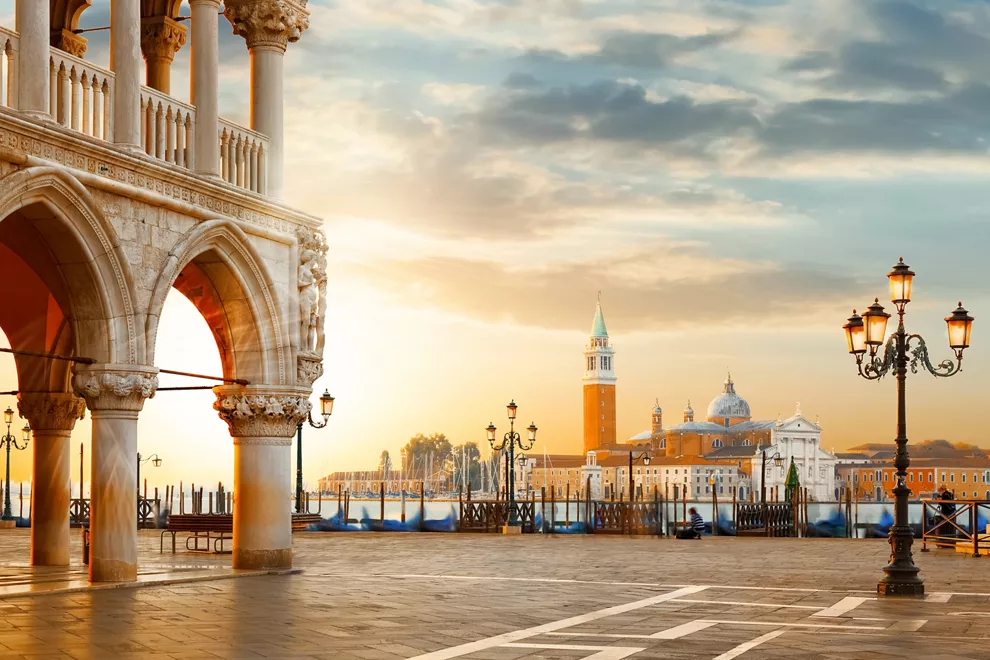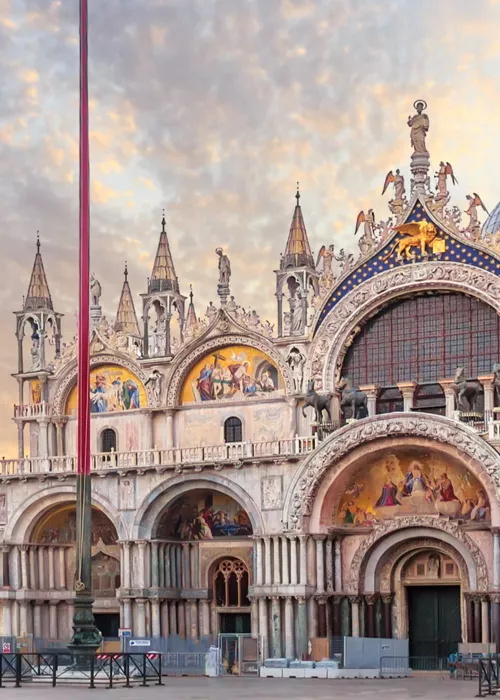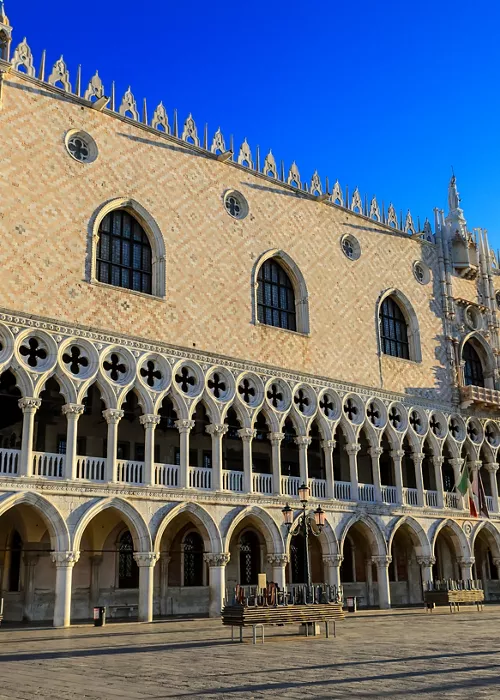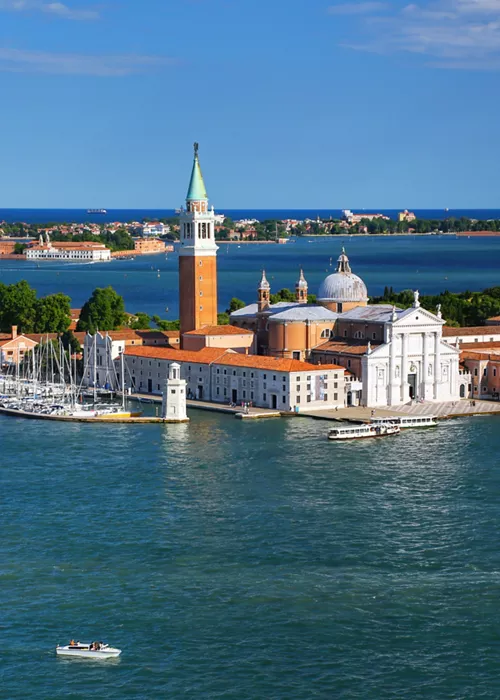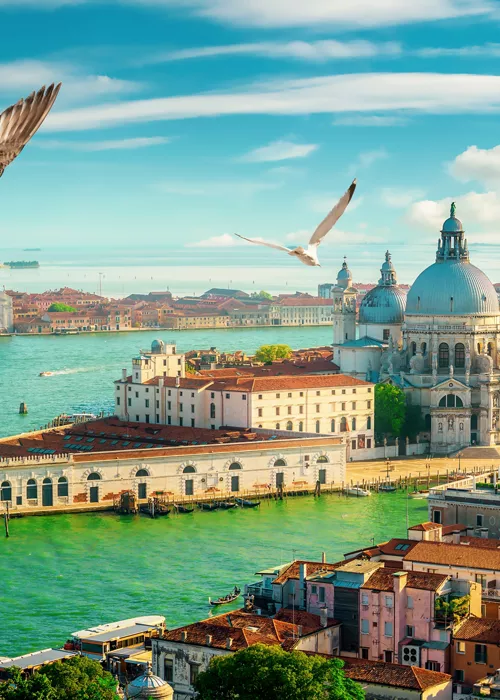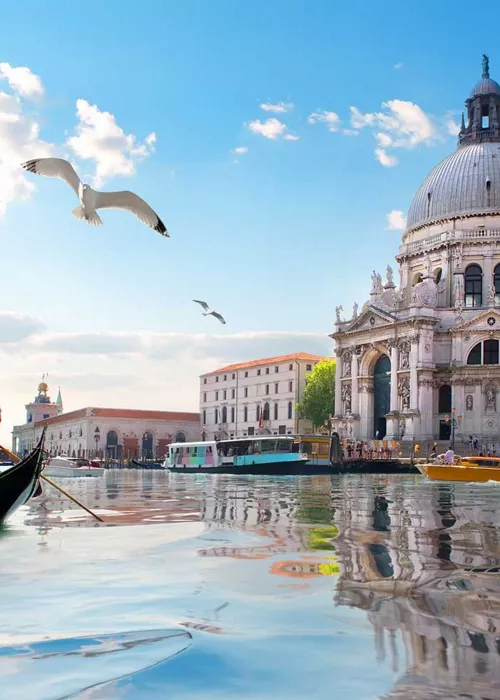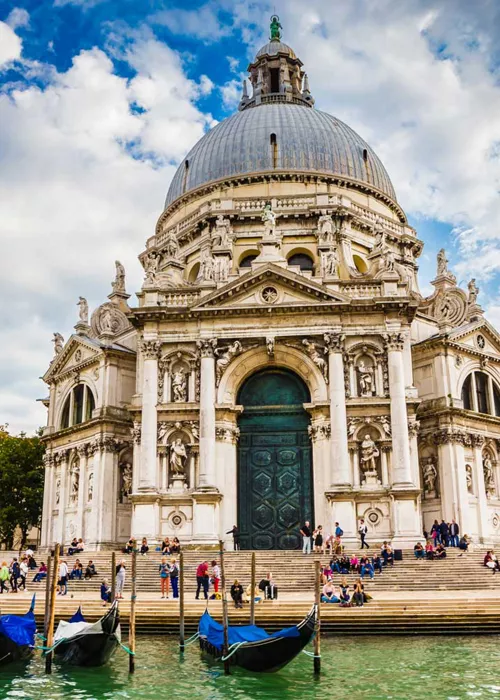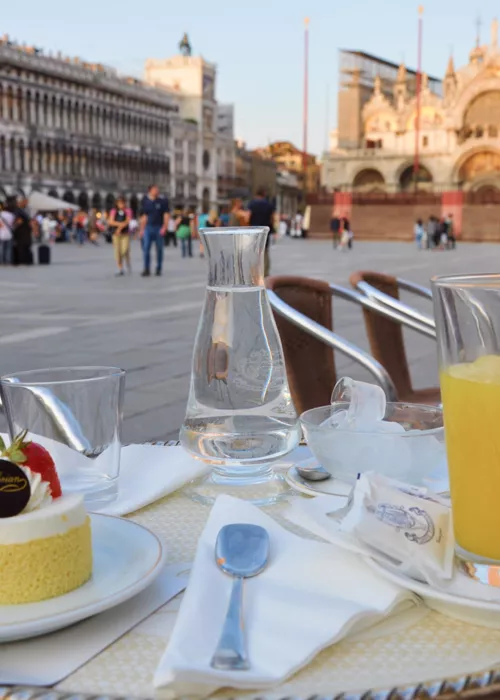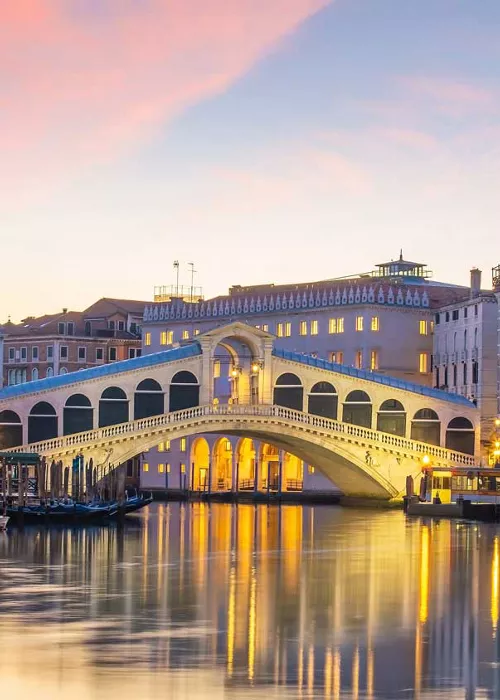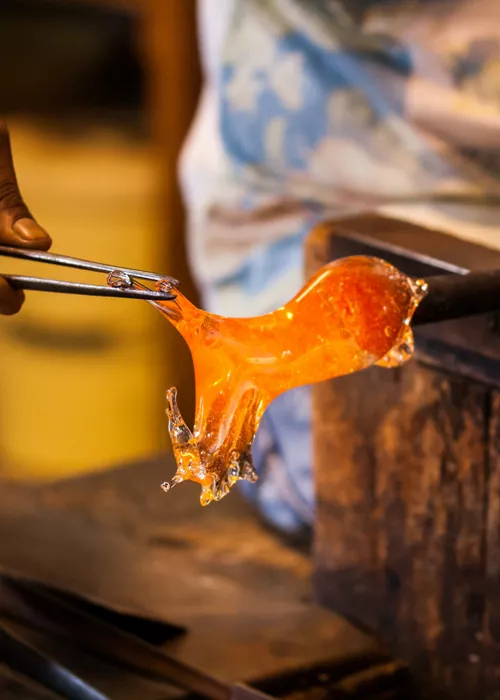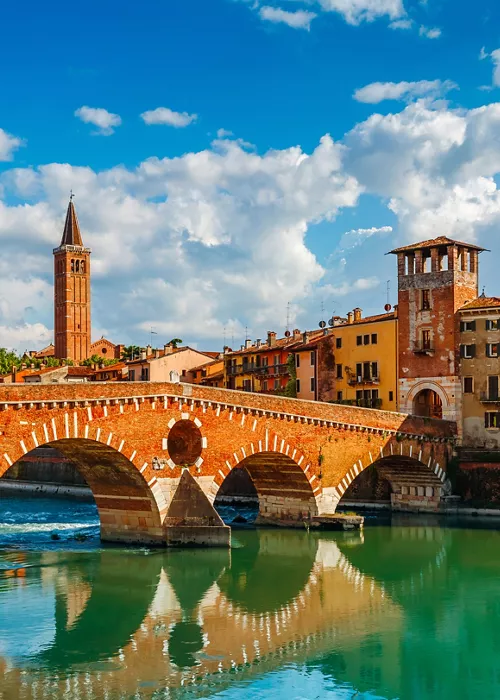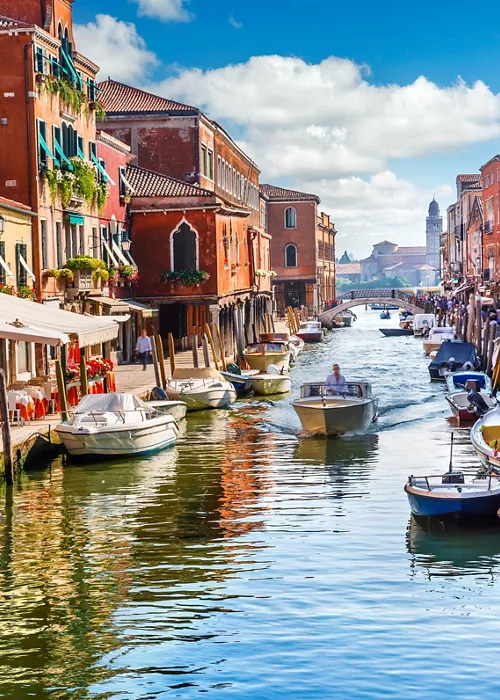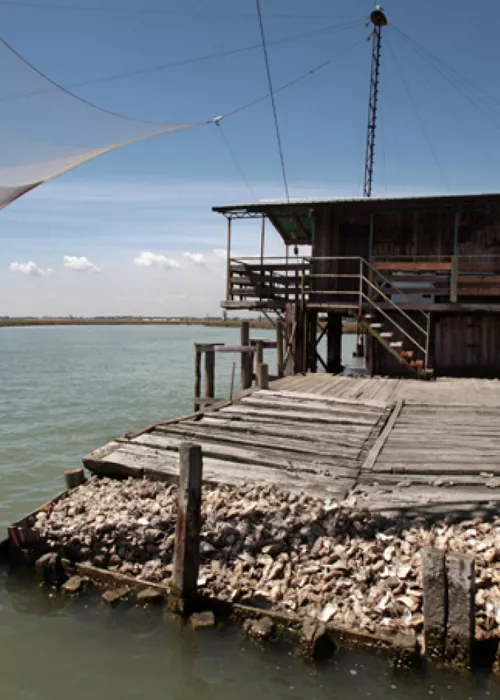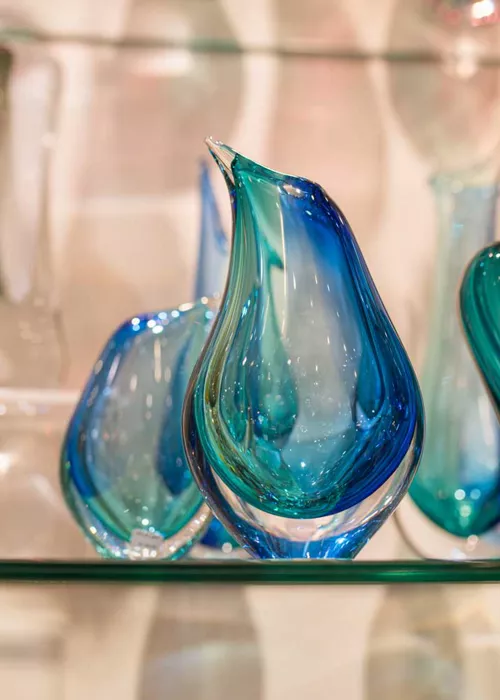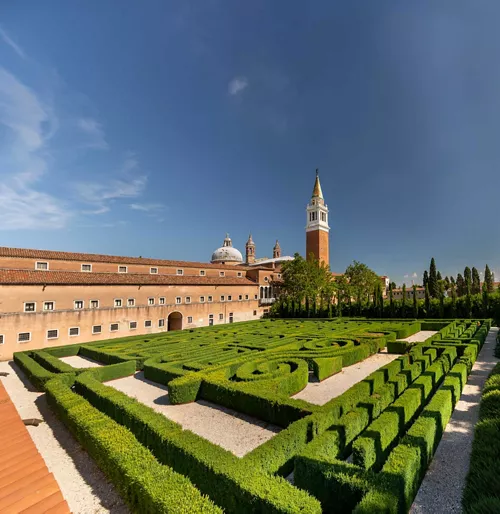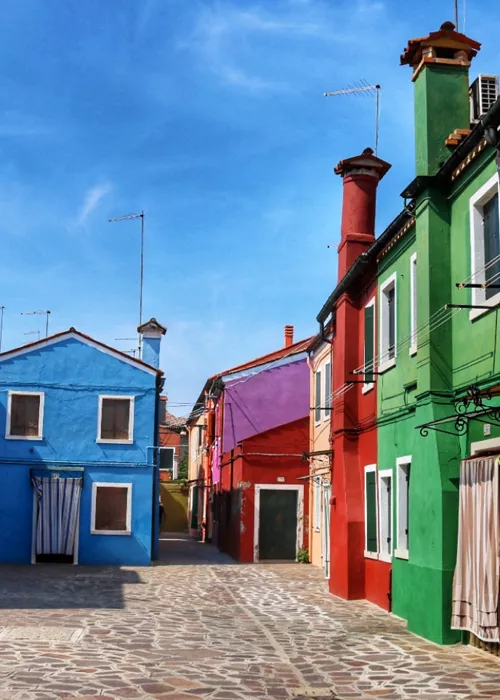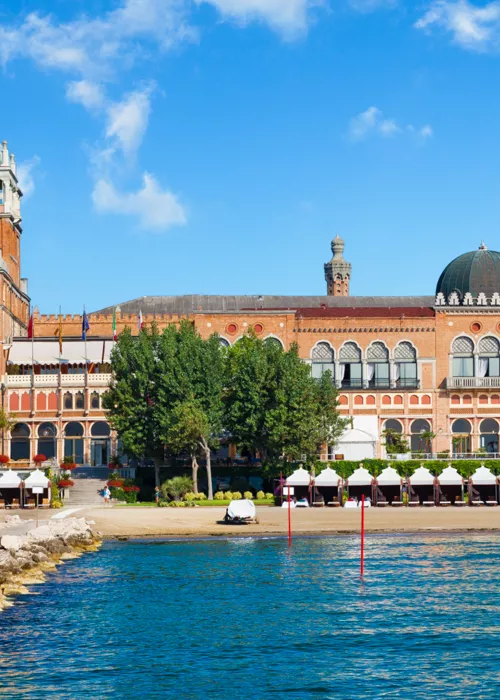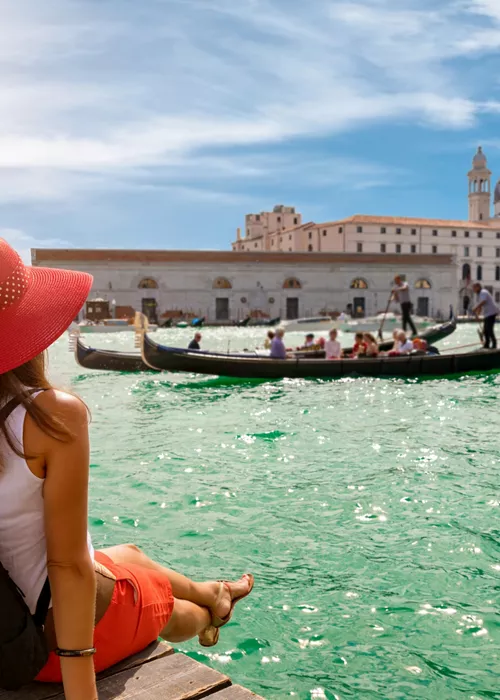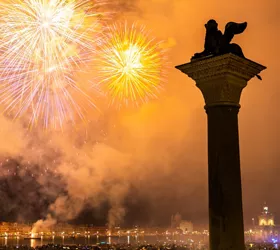Discover Venice, a romantic destination second to none
4 minutes
The references to Byzantine and Gothic art, Renaissance, Baroque and 18th century influences illustrate a past along paths of absolutely unique charm.
This astonishing city rising from the water is a real open-air museum, but also a unique shopping opportunity with its sestieri (district) of craft workshops.
Consisting of a collection of 118 islands joined by over 400 bridges, Venice is a timeless myth
The history and magic of Venice
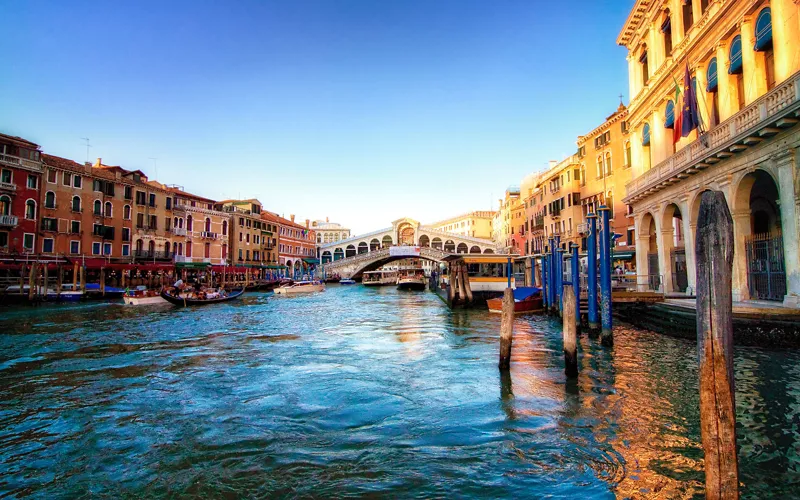
The history of Venice is felt every step of the way, but its capacity to reinvent itself through international events linked to today's art such as the Venice Biennale and its Film Festival is just amazing.
Unlike many other Italian cities, the birth of Venice has a precise date: 25 March 421 AD, the day three consuls from Padua, sent in search of a place to develop a safe and secure trading port, laid the first stone of what later became St. James of Rialto. Given the geography, there was not much land to cultivate, but the sea turned into wealth: with the creation of the salt pans, since salt was also used as currency in those days, the area became very rich.
In the 18th century, the Duchy of Venice was established with two Venetian doges as its first rulers. The Venetian capital later became the republic of Venice, but when it reached maximum power and established several bases in the Mediterranean, it was also referred to as the Venetian Empire during the Renaissance. The coat of arms of the maritime republic of Venice, the golden lion of St Mark, towered over more than 15 ports.
The end of the Venetian Republic occurred as a result of Napoleonic wars. Austrian rule followed and then entry into the Kingdom of Italy. But how was Venice built? The answer lies in the abundance of raw materials in the surrounding areas, including wood, clay and Istrian stone, which made it possible to develop dense reinforced piling to support very heavy loads.
What to see in Venice: a mini-guide to unmissable places
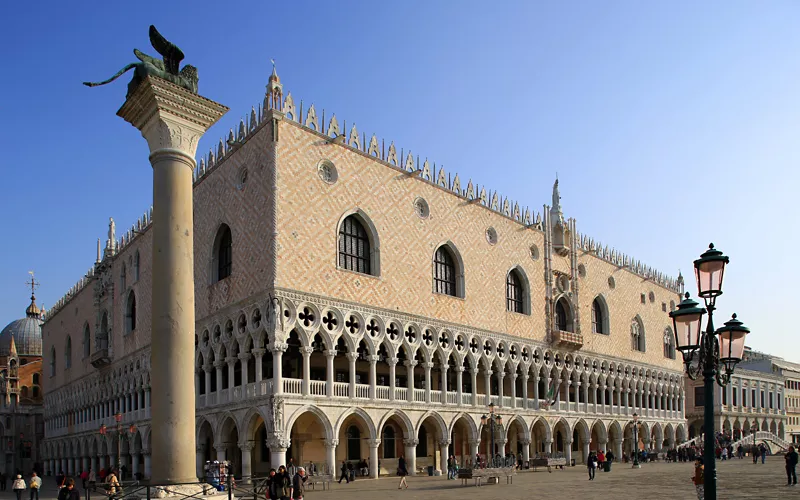
Telling the infinite beauty of Venice in a few lines is an impossible task: we can only offer a mini-guide of the most popular attractions in the lagoon city:
We start at St Mark's Square and St Mark's Bell Tower, in the heart of the city: the square is the most elegant salon in Europe;
Essential stops include the Gallerie dell'Accademia, a museum housing an extraordinary collection of Venetian paintings, from the greats of the Renaissance such as Giorgione, Titian and Tintoretto to the vedutisti of the 1700s such as Canaletto and Guardi, and the Doge's Palace, a symbol of the golden age of the Serenissima.
There is no Venice without bridges, and in particular the Rialto Bridge, which dominates the Grand Canal. In 1593 it replaced the very old wooden pontoon bridge that allowed passage to the Rialto market; and the Bridge of Sighs, one of Venice's most iconic bridge, is just few steps away from St Mark's Square and connects the Doge's Palace with the old prisons.
Other must-see stops on your trip to Venice should include:
- the Jewish Ghetto in Venice;
- the Scuola Grande di San Rocco;
- the Grand Canal;
- the Basilica dei Frari;
- the island of Burano;
- the Peggy Guggenheim collection and the museum.
4 ideas on what to do in Venice
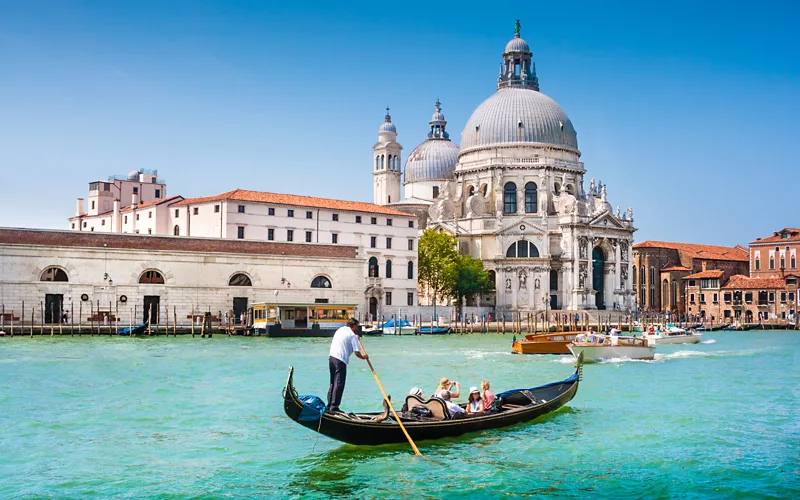
Venice offers a wide range of activities for all the family. What to do in Venice?
- Our first suggestion: take part in the famous Carnival of Venice, one of the best-loved in the world, which transforms the city into a masked ball.
- A classic experience is the gondola ride in Venice, the most romantic way to visit the city in the traditional way.
- The Bacaro tour of Venice will thrill those who love to drink well: it is the legendary “andar par ombre”, that is, taking a tour of the bacari, the typical Venetian taverns for a chat. Also known as the cicchetti tour, it is a fun way to discover the exuberant side of the city.
- A true institution, finally, is the tour of the islands in the lagoonincluding Murano, Burano and Torcello.
What to eat in Venice? 6 specialities truly for all tastes
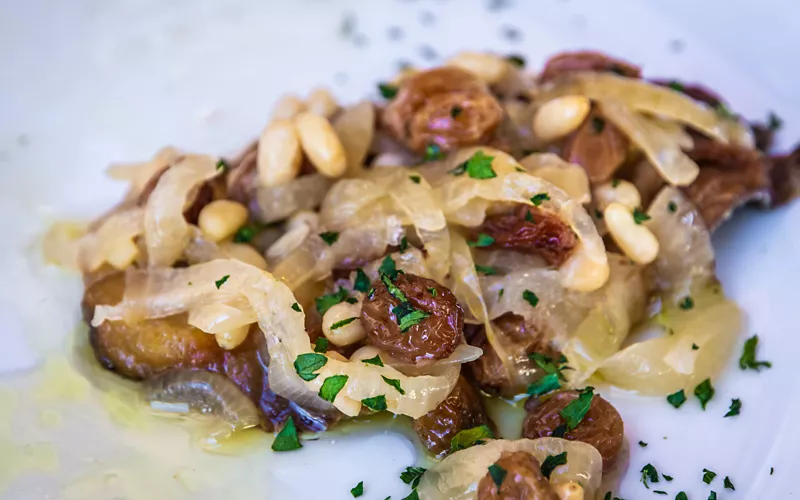
The result of fusion throughout its history and a certain poverty of daily life, traditional Venetian cuisine offers simple dishes in which fish triumphs, at times with a flavour linking sweet and savoury, sour and spicy. What to eat in Venice? These are the local's favourite dishes:
- baccalà mantecato, a creamy codfish cooked for a long time and served with slices of grilled polenta;
- liver alla veneziana, cooked with lots of onions for a long time to make them almost a cream;
- sardines in soar sweet and sour sardines with vinegar, onions, raisins and pine nuts;
- risi e bisia peasant dish with rice, peas, bacon and parsley.
Among the most typical delicacies are bigoli in sauce and Venetian fritole.
Venice's unusual places to get away from the crowds
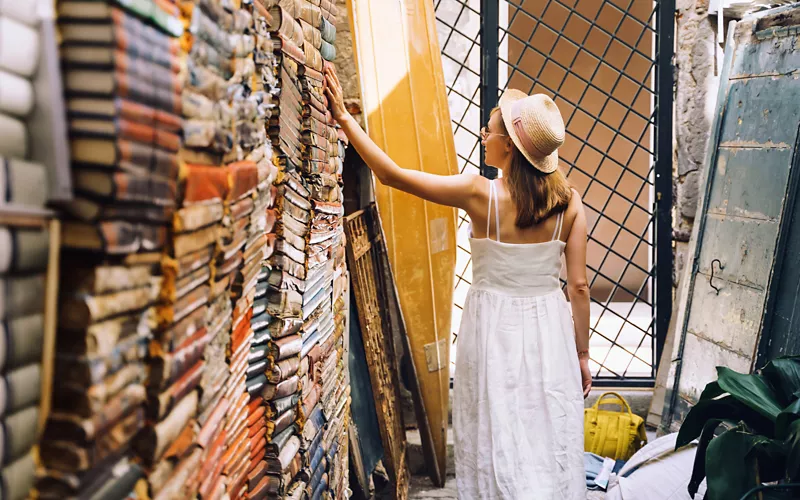
For those who like to stay away from the hustle and bustle and prefer quieter nooks and crannies, Venice's unusual places will be an invaluable resource.
Starting with the cosy, cat-populated Libreria Acqua Alta in Venice: it offers vintage titles and unique exhibitions for true connoisseurs.
San Lazzaro degli Armeni is instead a small, charming island in the lagoon, completely occupied by a monastery.
Literature lovers will be amazed when they visit the Borges Labyrinth: located on the Island of San Giorgio, it is a homage to a work by the Argentine writer, The Garden of Forking Paths.
What else do you need to enjoy Venice without nasty surprises?
Keep in mind the months of high water in Venice, a transient natural phenomenon that has always been part of Venetians' lives: the city is at risk in autumn and winter, most likely between November and December.

